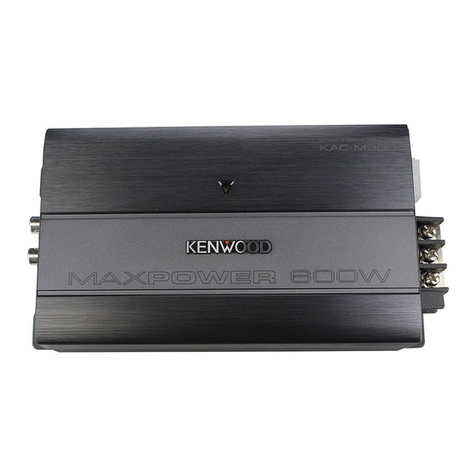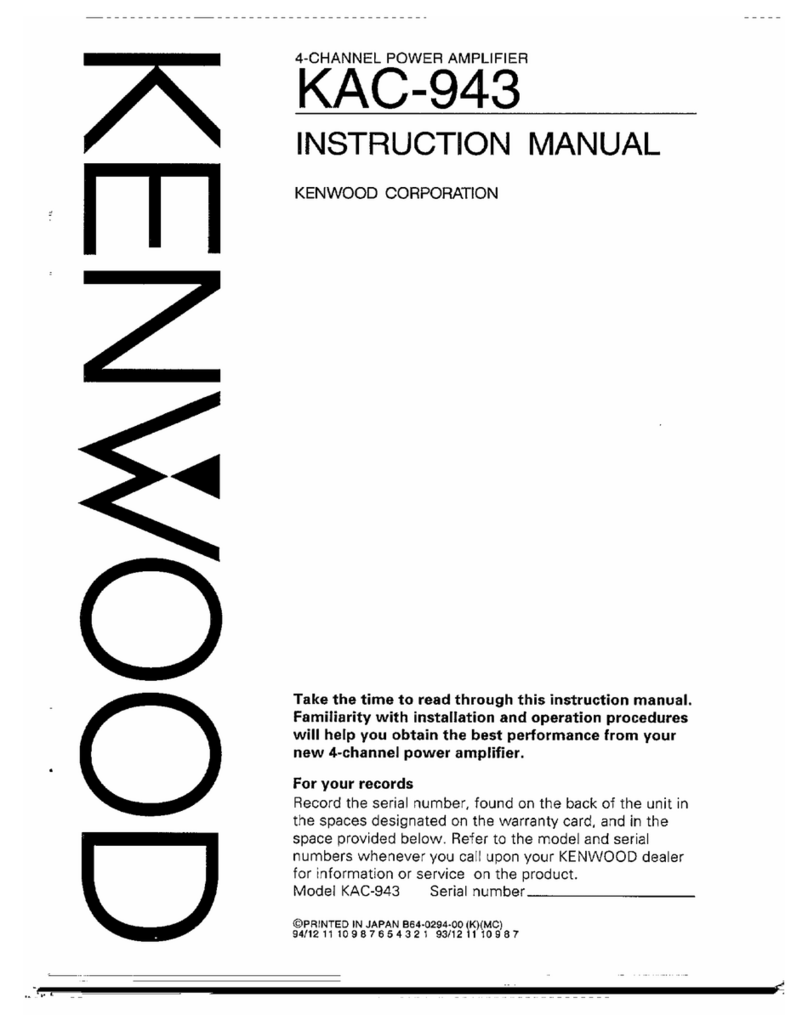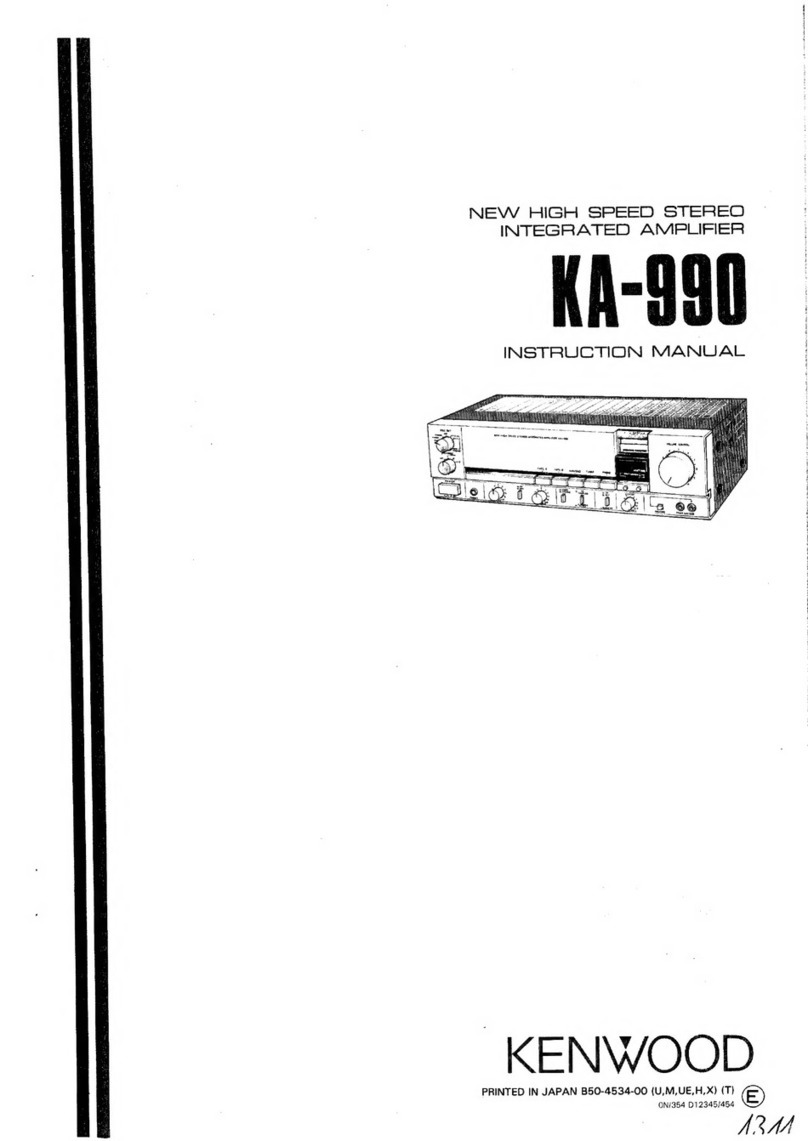Kenwood KA-8100 User manual
Other Kenwood Amplifier manuals
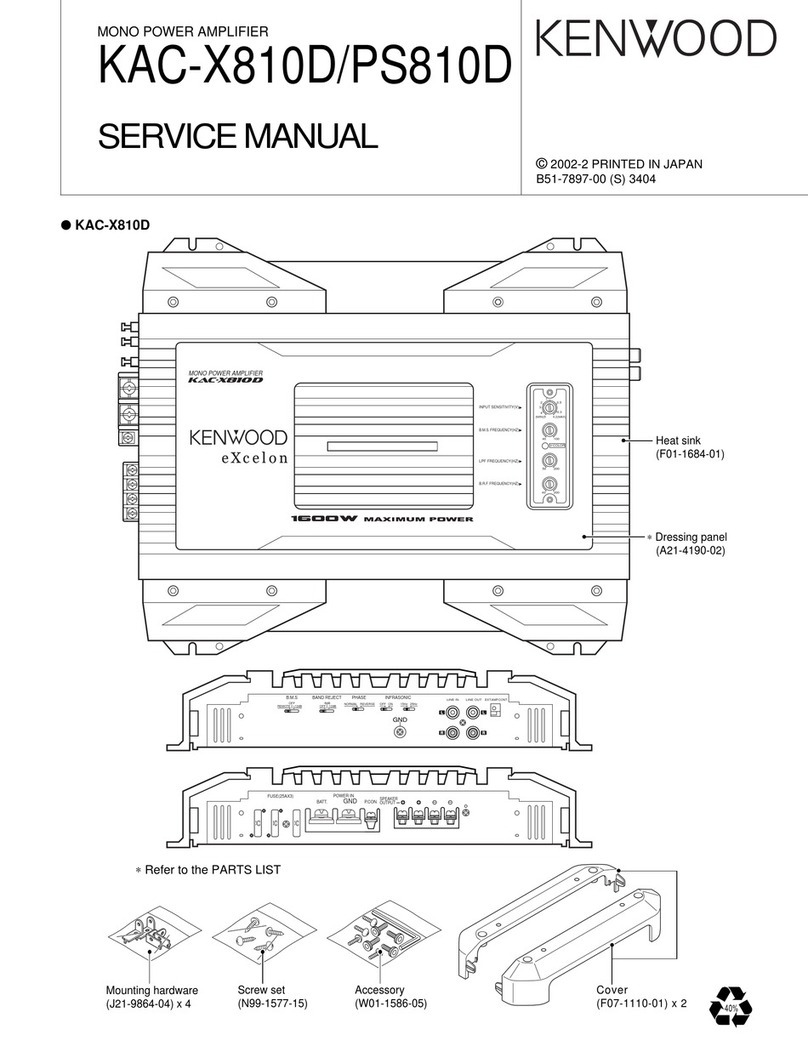
Kenwood
Kenwood KAC-X810D User manual
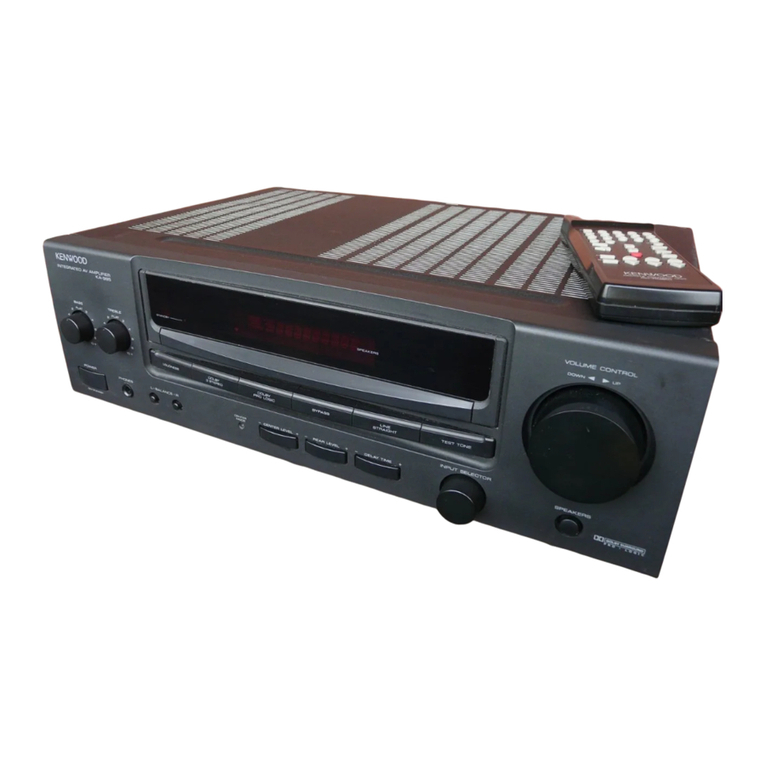
Kenwood
Kenwood KA-995 User manual
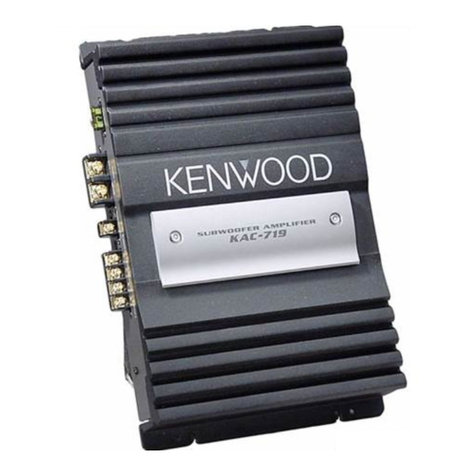
Kenwood
Kenwood KAC-719 User manual
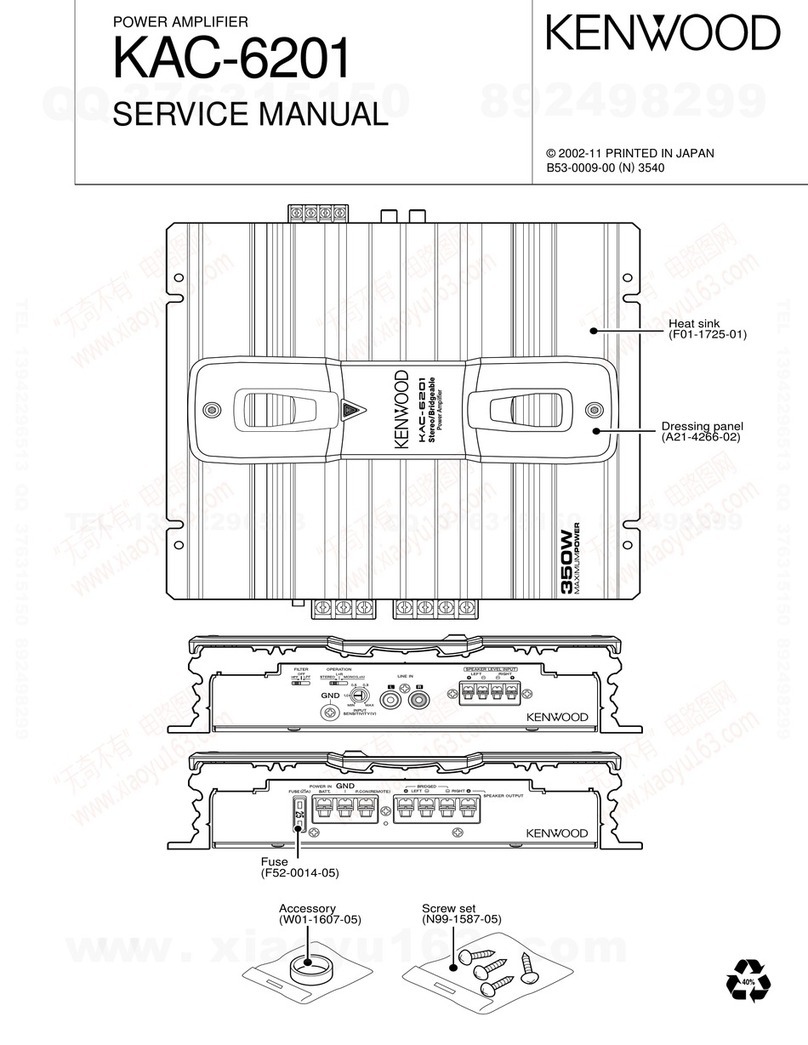
Kenwood
Kenwood KAC-6201 User manual

Kenwood
Kenwood KA-994 User manual
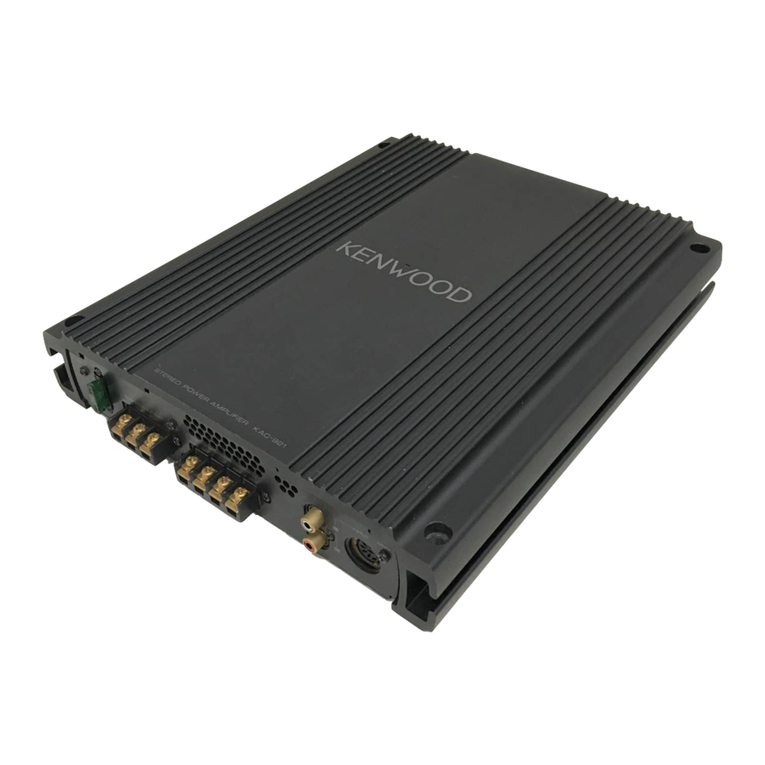
Kenwood
Kenwood KAC-921 User manual
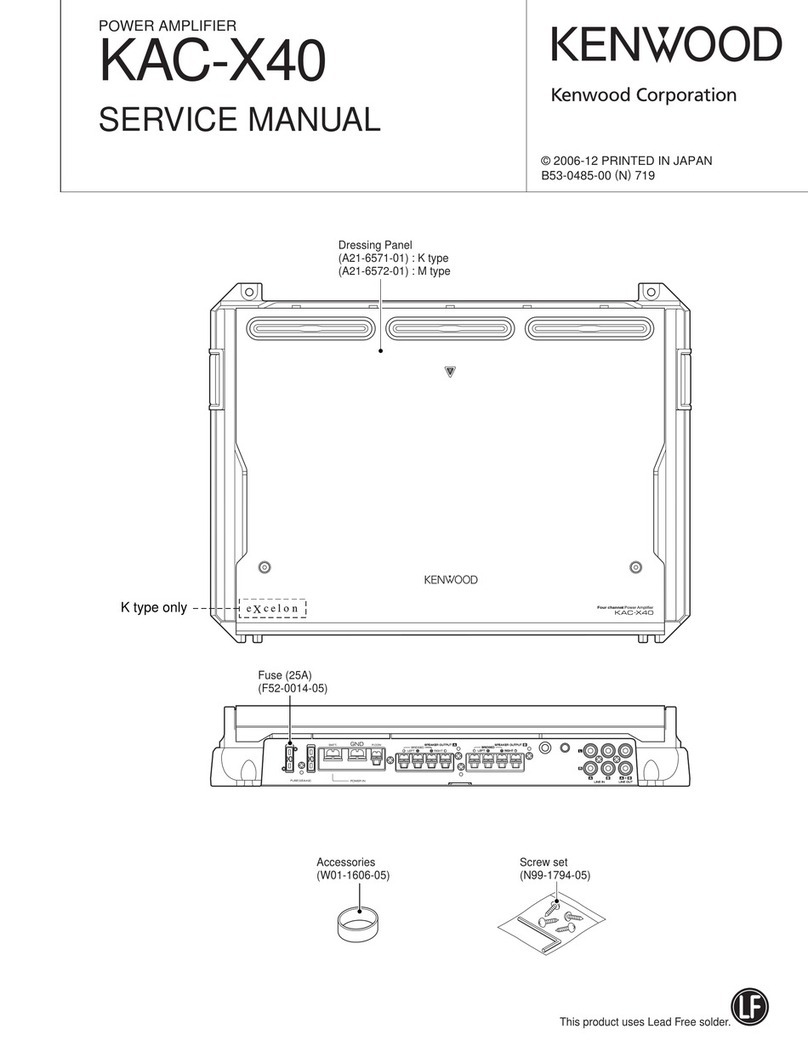
Kenwood
Kenwood KAC X40 - eXcelon Amplifier User manual

Kenwood
Kenwood KAC-526 User manual

Kenwood
Kenwood 500 User manual

Kenwood
Kenwood KAC-X401M User manual
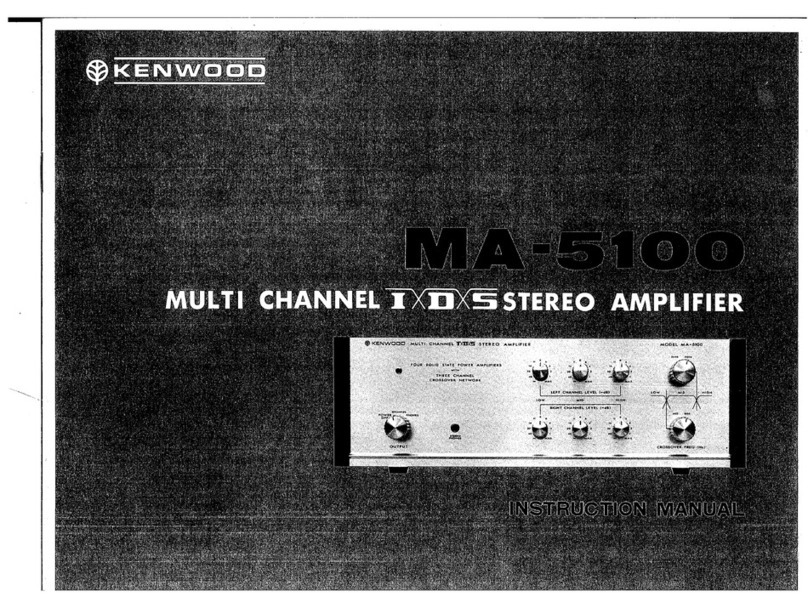
Kenwood
Kenwood MA-5100 User manual

Kenwood
Kenwood KAC-848 User manual
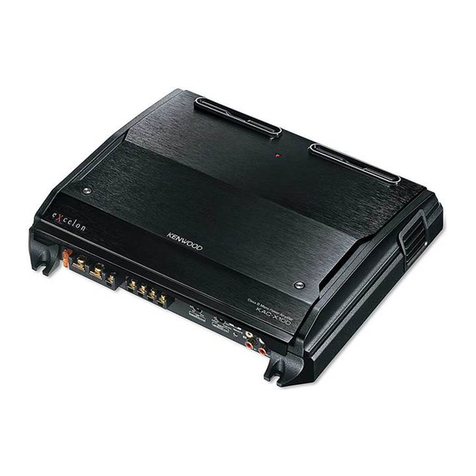
Kenwood
Kenwood KAC-X10D - eXcelon Amplifier User manual
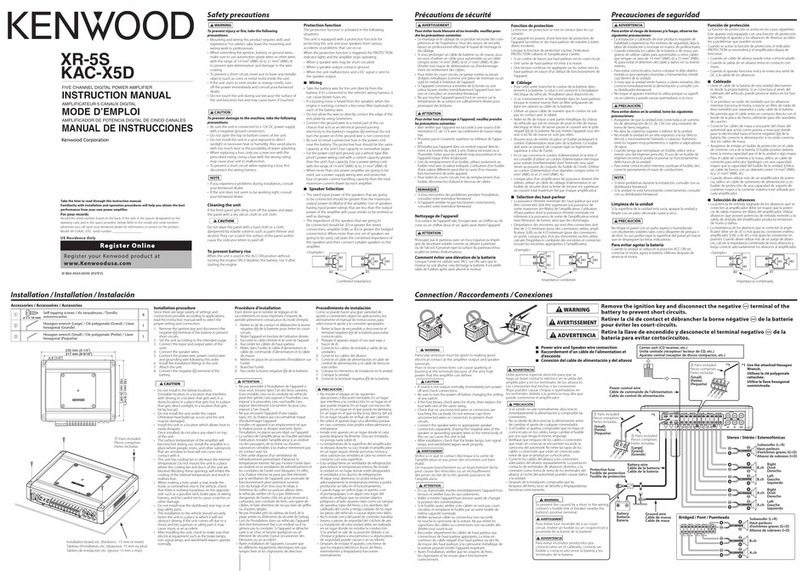
Kenwood
Kenwood XR-5S User manual

Kenwood
Kenwood TL-922A User manual
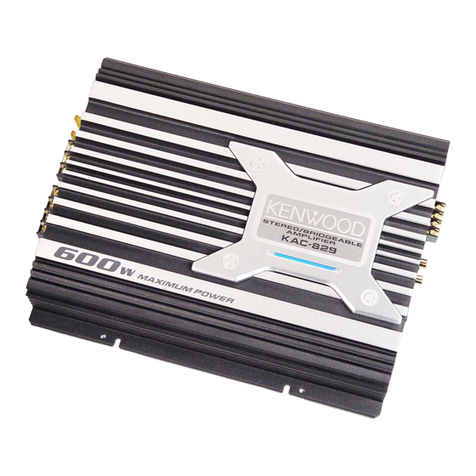
Kenwood
Kenwood kac-829 User manual

Kenwood
Kenwood KAC-7251 User manual

Kenwood
Kenwood KAC-626 User manual
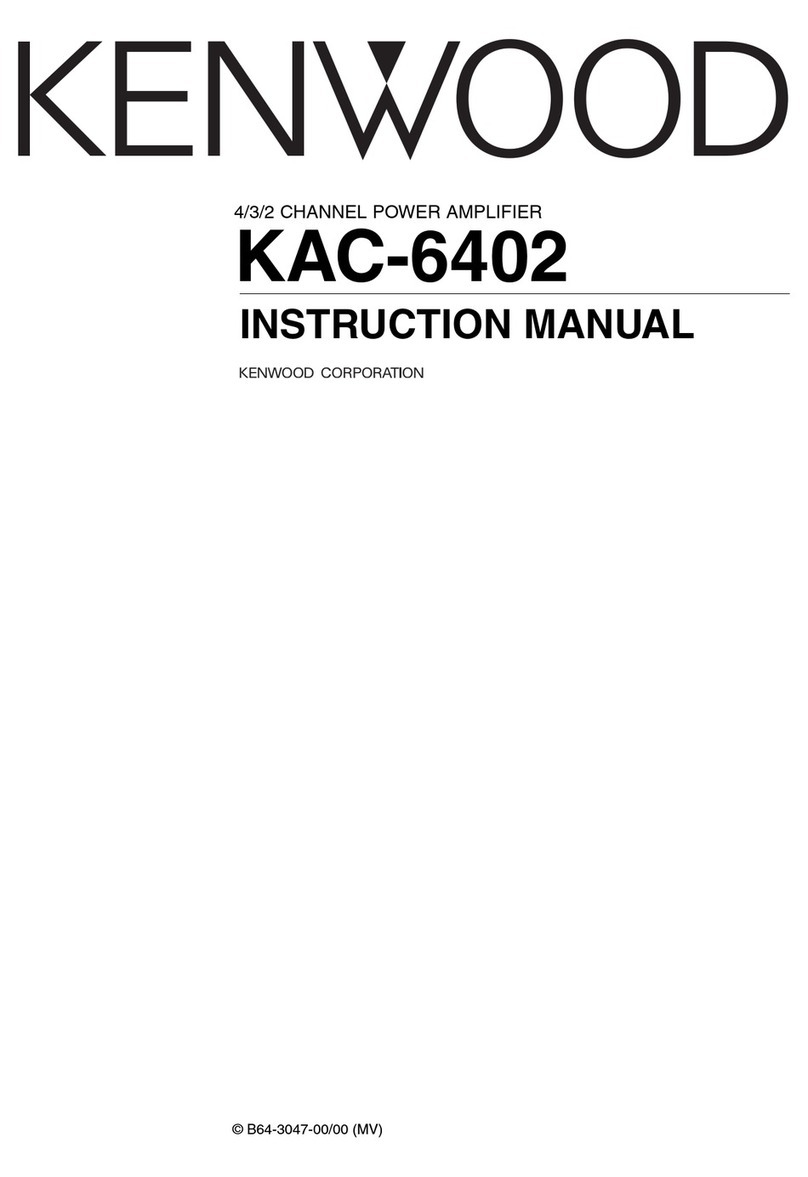
Kenwood
Kenwood KAC-6402 User manual
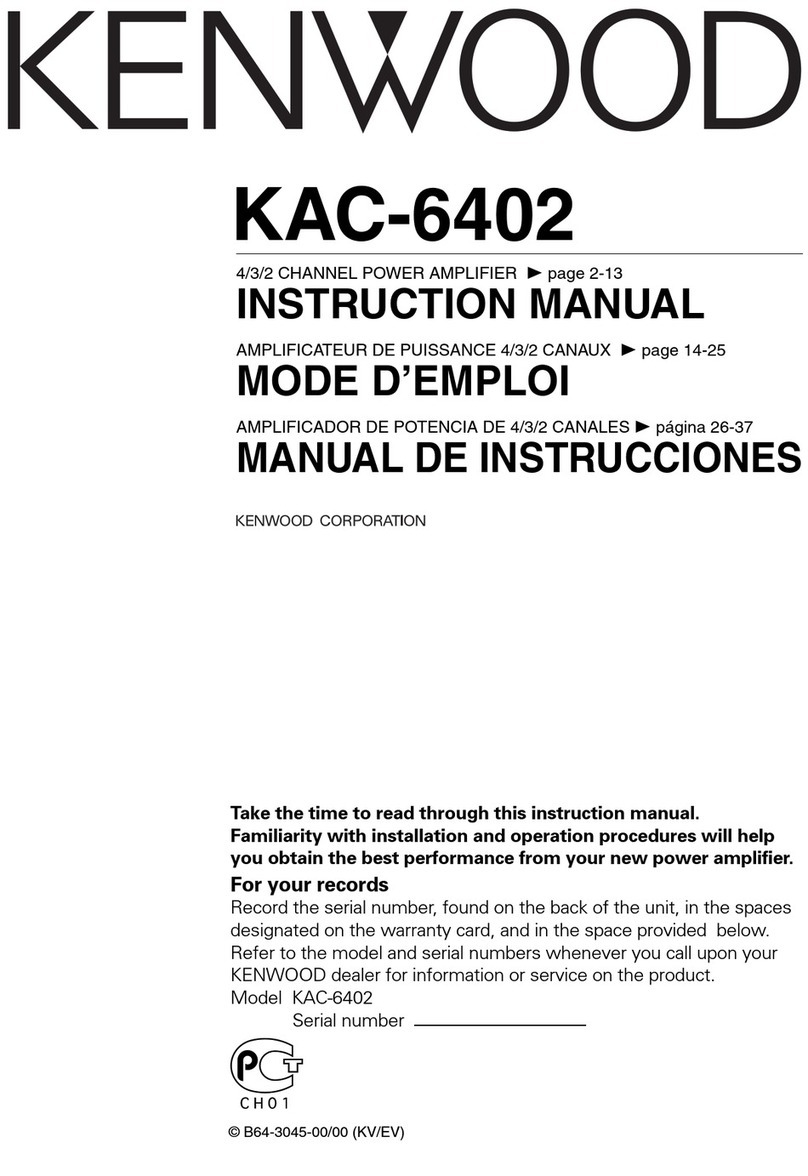
Kenwood
Kenwood KAC-6402 User manual
